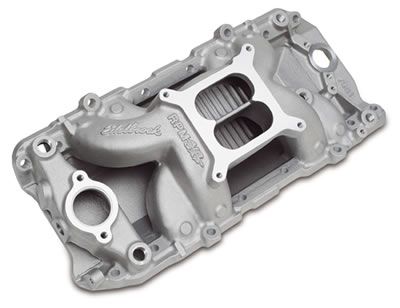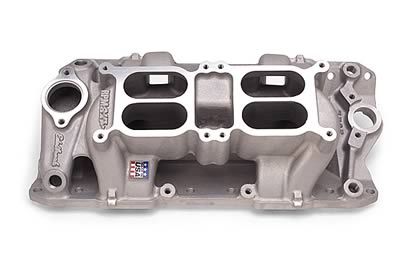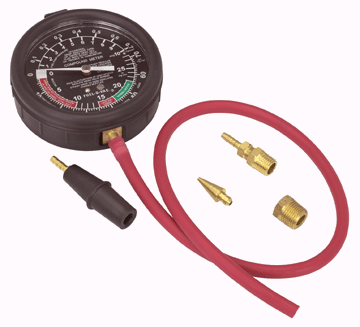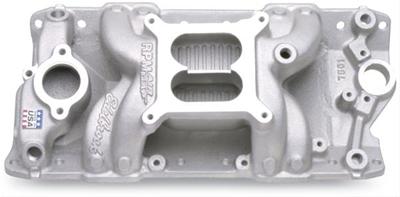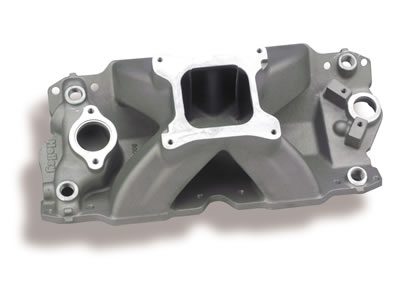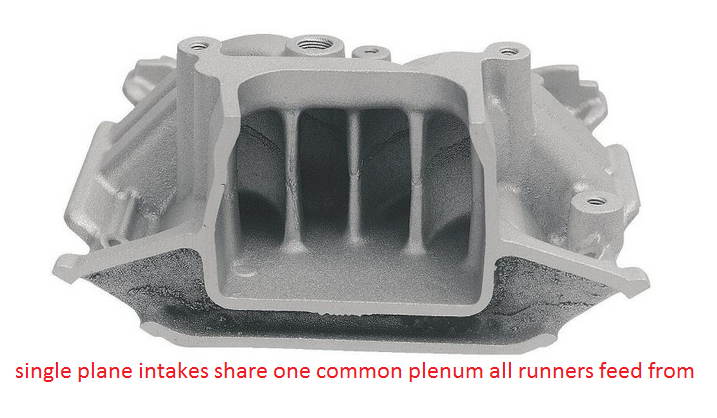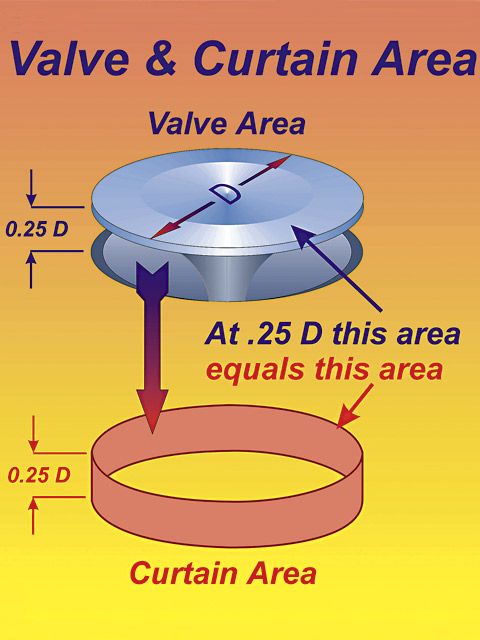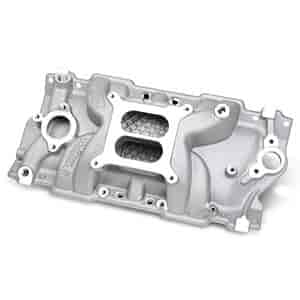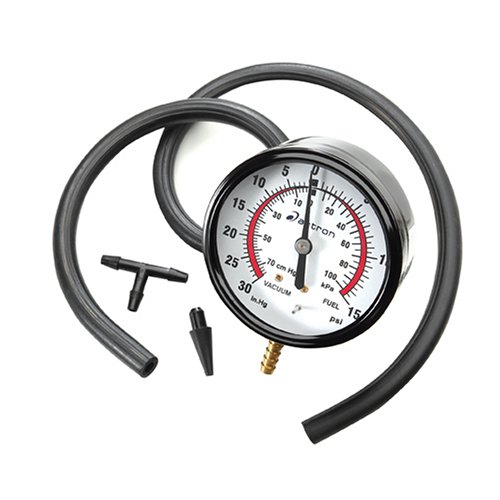4doorscooter
Active Member
Hey guys as some of you may know I am in the process of a cam and vortec head swap on my 355. At the moment I have an edelbrock performer 600cfm carb and it seems to work great at the moment but I am curious as to what you all think of edelbrock carburetors. Do you think I have any power to be gained going to a holley carb and possibly upping the cfm to 650 instead of 600?


